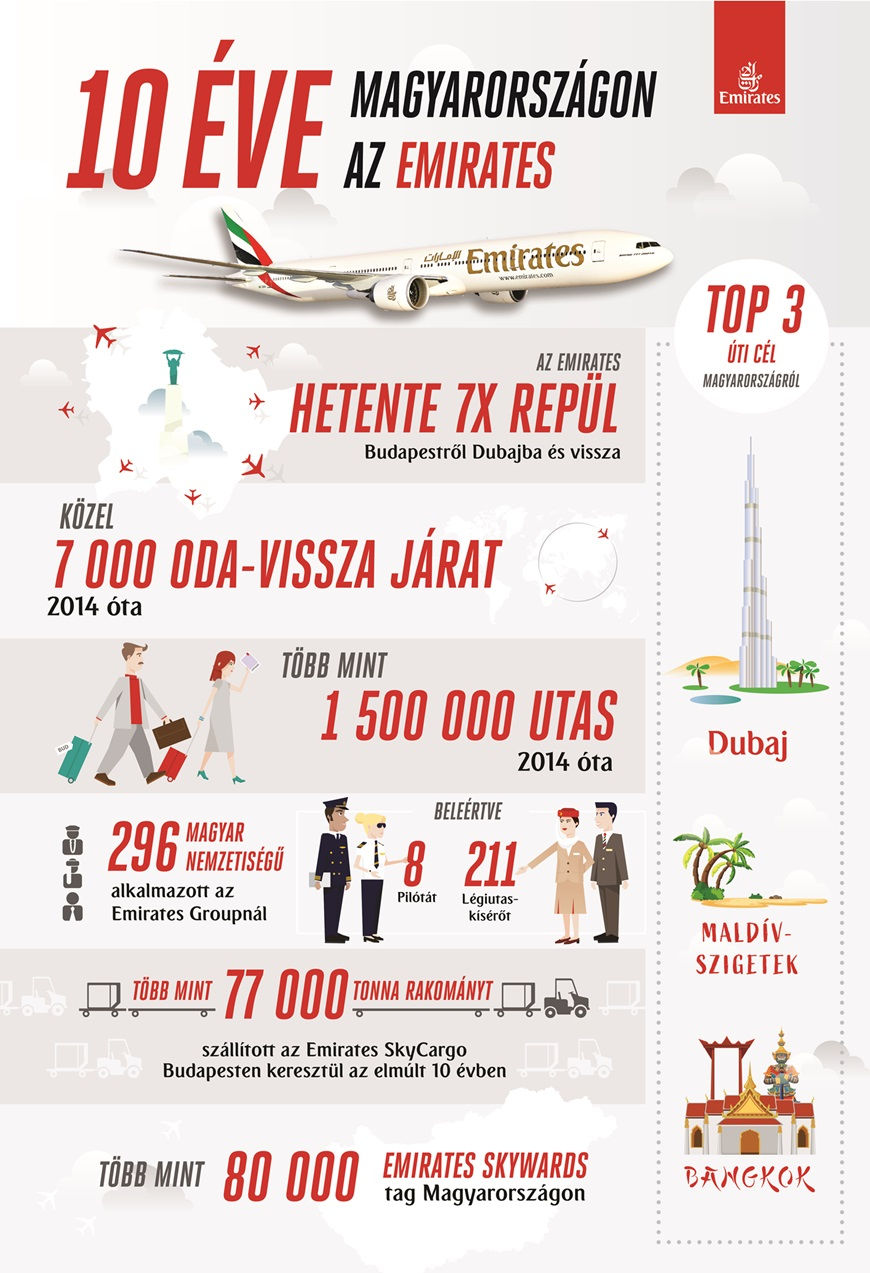- Oct 31, 2024
- 1 min read

Exciting News! 🚀 We're thrilled to announce the launch of the official LinkedIn page for MSD Animal Health, dedicated to professionals in Central Europe. 🌍
Follow the page for the latest insights, innovative solutions, and expert content tailored to your needs in animal health from cutting-edge research to industry trends. We rae proud to support MSD Animal Health in keeping animals healthy and happy.
Join the community and stay connected with industry leaders, gain valuable knowledge, and discover how MSD Animal Health is making a difference.






